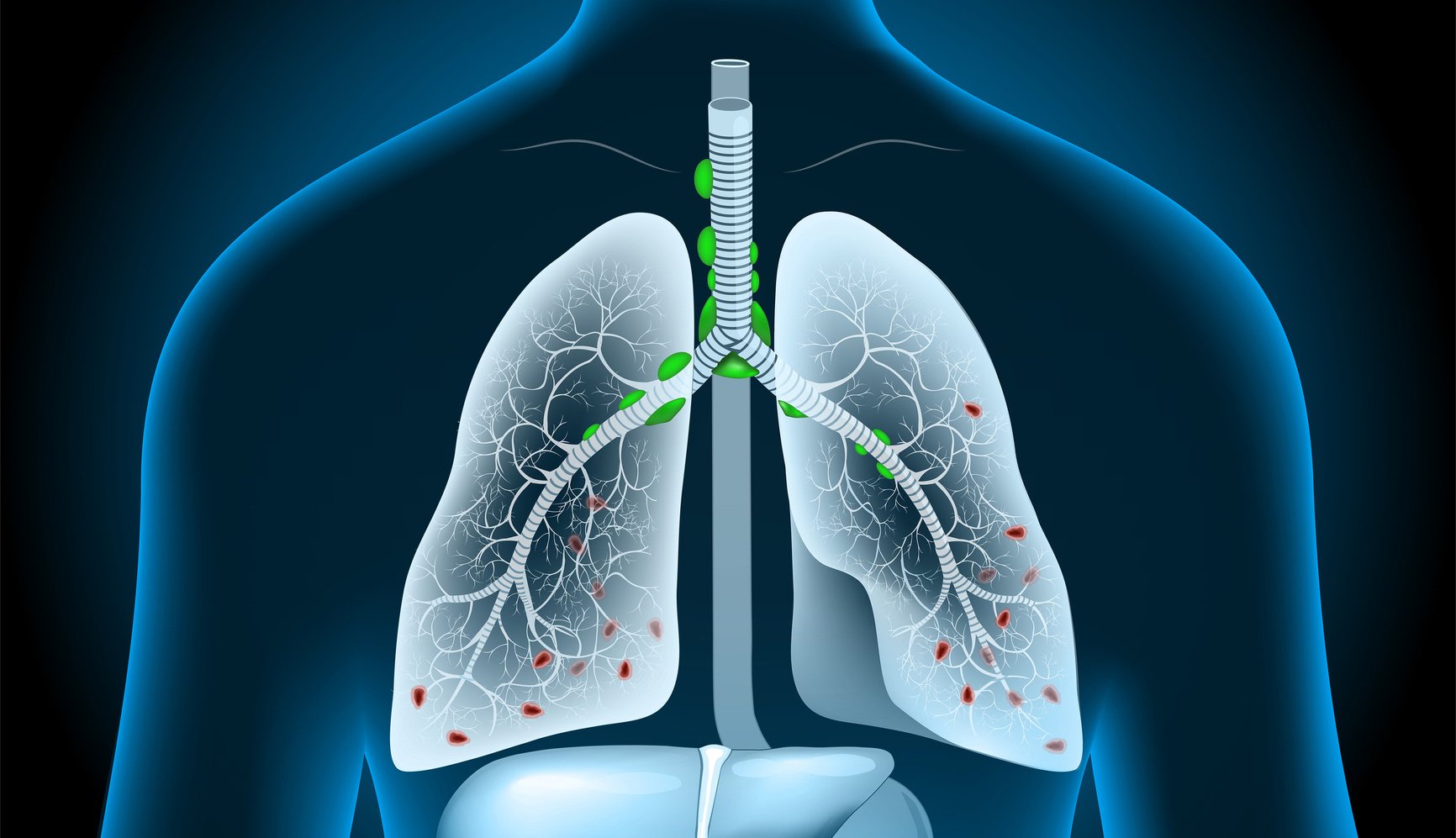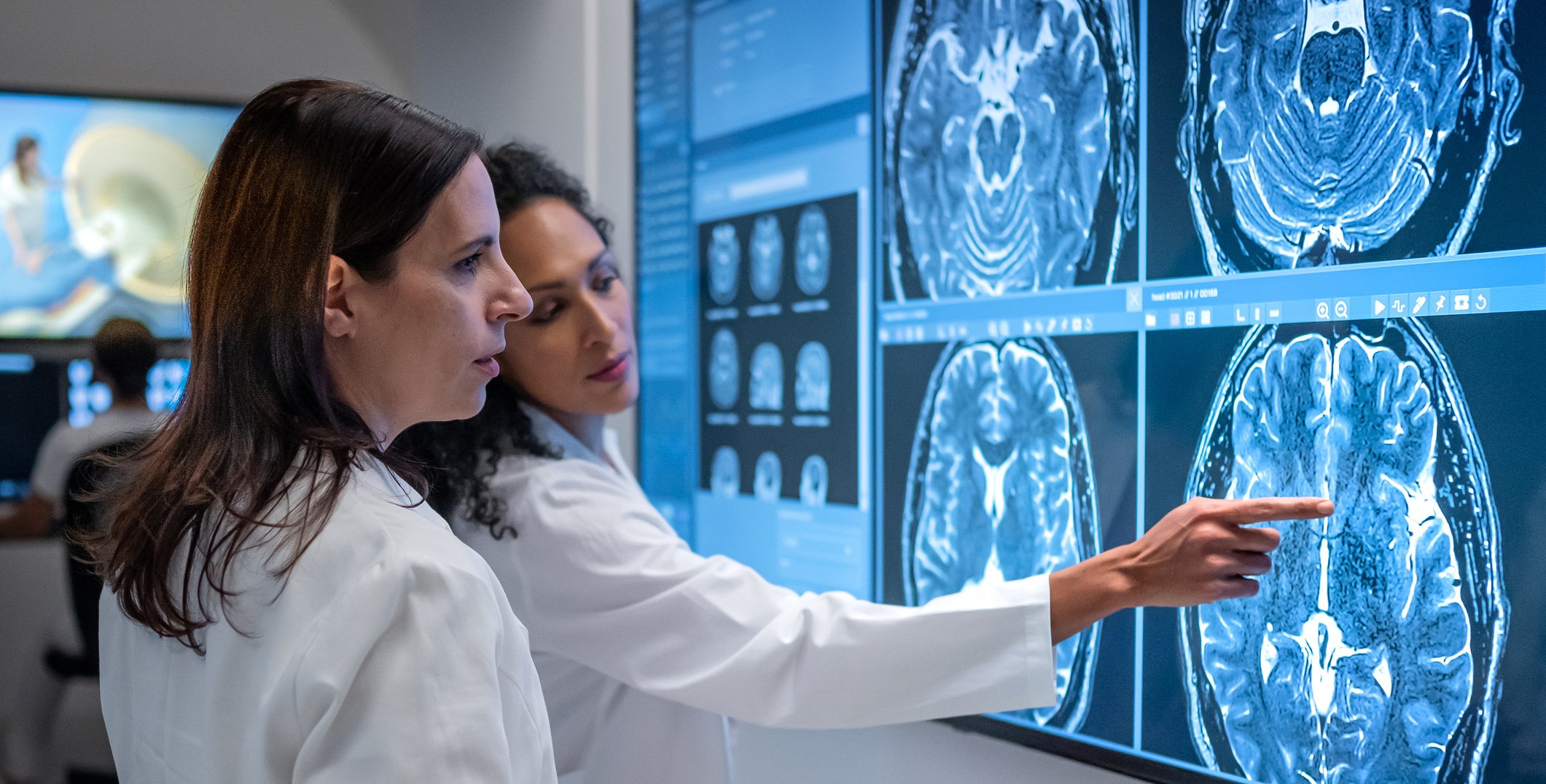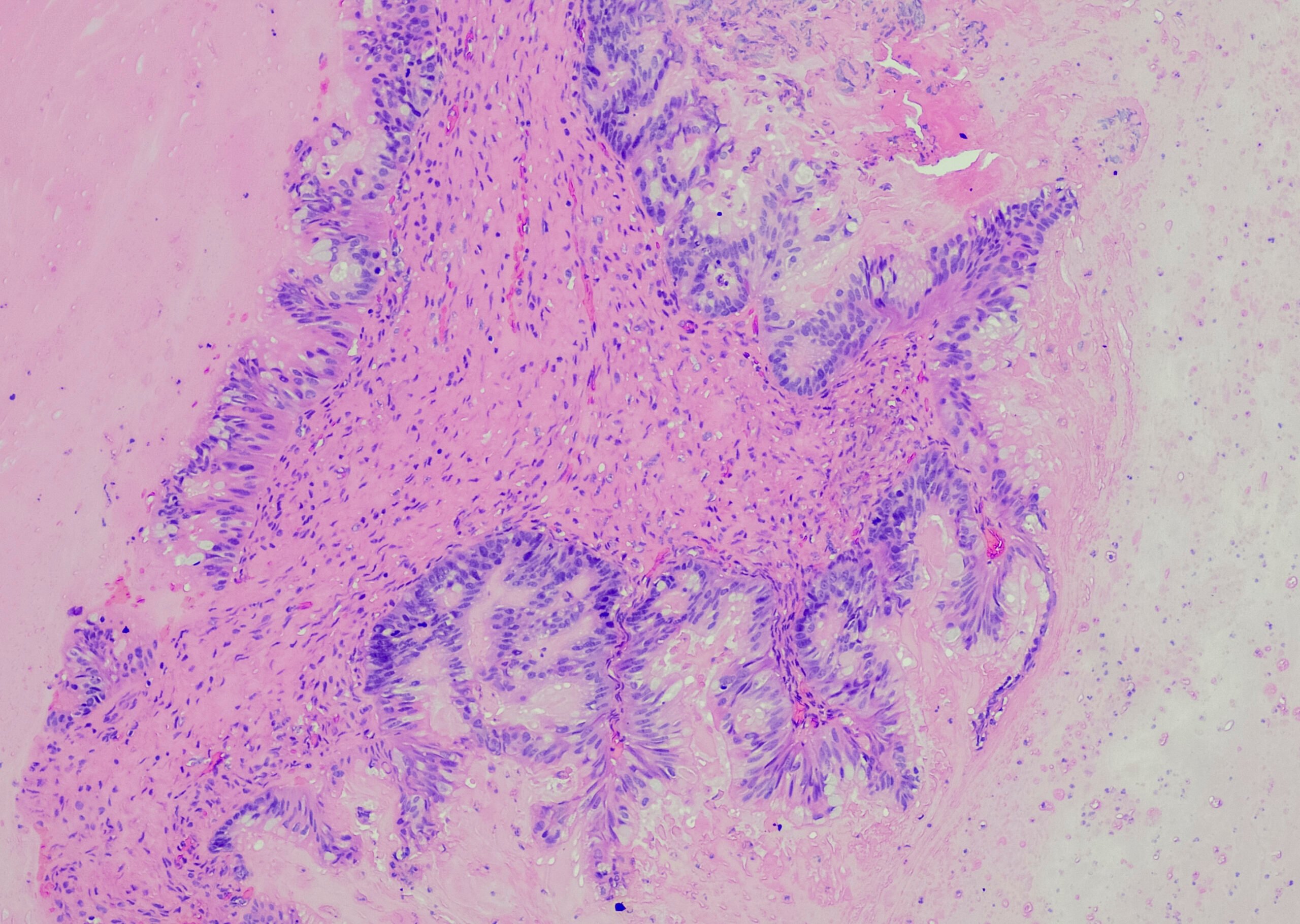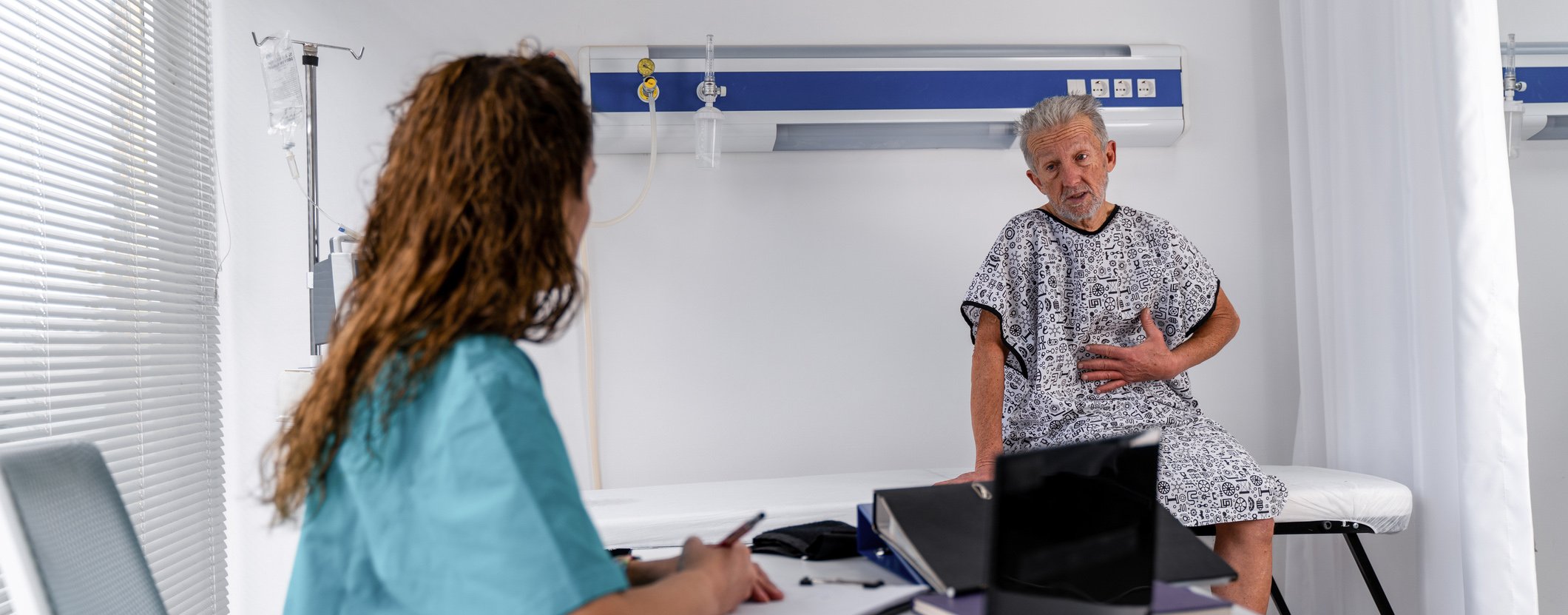Regeneration of the heart is considered the “holy grail” of cardiology. Despite therapeutic advances with cholesterol-lowering drugs, beta-blockers, antihypertensives and other agents, heart failure caused by the loss or dysfunction of cardiomyocytes remains the leading cause of morbidity and mortality worldwide.
(red) This highlights the urgent need for innovative strategies for heart regeneration. In recent decades, there have been numerous efforts to achieve this goal, but so far this clinical challenge has remained largely unsolved.
The challenges of heart regeneration
One of the main causes of heart failure is the loss of cardiomyocytes following coronary artery occlusion, as occurs in atherosclerosis and subsequent myocardial infarction. This loss of millions or even billions of terminally differentiated cardiomyocytes leads to irreversible damage to cardiac function. A major obstacle to the regeneration of the adult heart is the inability of cardiomyocytes to divide. Studies based on 14C radiolabelingshow that human cardiomyocytes are extremely long-lived, with an annual renewal rate of about 1%. There is no intrinsic mechanism to replace cardiomyocytes that are lost due to injury or disease.
Effective cardiac regeneration requires not only the replacement of lost cardiomyocytes, but also the maturation of new cardiomyocytes, their seamless electrical coupling with the existing myocardium and the revascularization of damaged tissue. This represents a major biological obstacle, especially in adult humans, in contrast to newborn mice or zebrafish, which are able to fully regenerate their hearts.
Approaches to heart regeneration
The ability of the neonatal mouse heart to regenerate has led to intensive research to identify the underlying genetic and signal transduction programs. Signaling pathways such as the Hippo-Yap pathway and secreted factors such as agrin, neuregulin and cytokines have been particularly emphasized. Transcription factors such as MEIS1 and HOXB13 promote the exit of cardiomyocytes from the cell cycle after birth. Efforts to find substances that promote cardiomyocyte proliferation by screening FDA-approved drugs have had some success. For example, aminoglycosides such as neomycin and paromomycin have been identified as molecules that promote proliferation by interfering with these transcription factors. Histone deacetylase inhibitors and inhibitors of chromatin remodelers have also shown efficacy in animal models of heart failure and fibrosis.
Another promising approach is the metabolic reprogramming of cardiomyocytes. The transition from a glycolytic to an oxidative metabolic state during heart development could be used to promote regeneration after ischemic injury by blocking fatty acid oxidation and other metabolic interventions. These metabolic interventions could alter the epigenetic landscape of cardiomyocytes and enable their proliferation.
Fibrosis as an obstacle to heart regeneration
In addition to the loss of cardiomyocytes, cardiac injury promotes the proliferation of cardiac fibroblasts, which are abundant in the heart. While this activation of fibroblasts contributes to tissue healing, uncontrolled fibrosis leads to impaired cardiac contractility and represents a barrier to cardiomyocyte proliferation and revascularization. A promising approach to overcome this barrier is the reprogramming of cardiac fibroblasts into cardiomyocytes through the introduction of developmental transcription factors and micro-RNAs. However, there are still challenges with this approach regarding the efficiency and stability of reprogramming.
Another concern is the potential tumor formation that could be triggered by reprogramming cells to a pluripotent state. While transient expression of pluripotency reprogramming factors has shown that terminally differentiated cardiomyocytes can be reverted to an immature, proliferative state, there are still many hurdles to overcome to ensure the maturation of new cardiomyocytes and their electrical coupling with the surrounding myocardium.
Immunomodulation as a promising approach
The adaptive immune system plays a central role in the heart’s response to injury, making immunomodulation a particularly promising approach for cardiac repair. An innovative therapy that has recently been tested in animal models is the administration of chimeric antigen receptor (CAR) T cells directed against activated fibroblasts. These cells can reduce cardiac fibrosis and protect the heart after damage. Another immunomodulatory approach targets the PD-1/PD-L1 signaling pathway, which is activated in regenerative neonatal hearts and promotes their regenerative capacity after myocardial infarction.
Macrophages and monocytes also play a crucial role in cardiac repair and could be directed towards a reparative, anti-inflammatory function by targeted immunomodulatory approaches.
Challenges of stem cell therapy
The transplantation of stem cells into the heart has been a central topic in regenerative medicine over the last ten years. Although these approaches appear promising, clinical results have so far fallen short of expectations. One obstacle is the inefficient integration of transplanted stem cells into the damaged myocardium. New approaches such as the use of cell scaffolds, hydrogels and other substrates could improve the effectiveness of these therapies.
Gene editing and targeted therapies
CRISPR-based gene editing offers promising approaches to correct mutations that lead to various heart diseases. This technology could also be used to correct specific post-translational modifications of proteins that cause heart damage. While potential off-target effects of gene editing are not yet a major concern, efficient delivery of the gene editing components remains a significant challenge. However, recent advances in the use of lipid-based nanoparticles, virus-like particles and exosomes offer exciting possibilities for future advances in this area.
Conclusion
Myocardial regeneration remains an ambitious but still distant vision. Due to the biological, functional and clinical complexity, successful cardiac regeneration is likely to require a combination of different approaches. Although complete regeneration of the human heart currently still seems utopian, even modest success in restoring cardiac function after acquired and hereditary heart disease could represent significant progress. Research in this area is progressing steadily, and with each new discovery we come one step closer to realizing cardiac regeneration.
Source:
- Olson EN: Myocardial Regeneration: Feasible or Fantasy? Circulation 2024 Jul 30; 150(5): 347-349. doi: 10.1161/CIRCULATIONAHA.124.070136. Epub 2024 Jul 29. PMID: 39074179; PMCID: PMC11335024.
CARDIOVASC 2024; 23(3): 25-26












